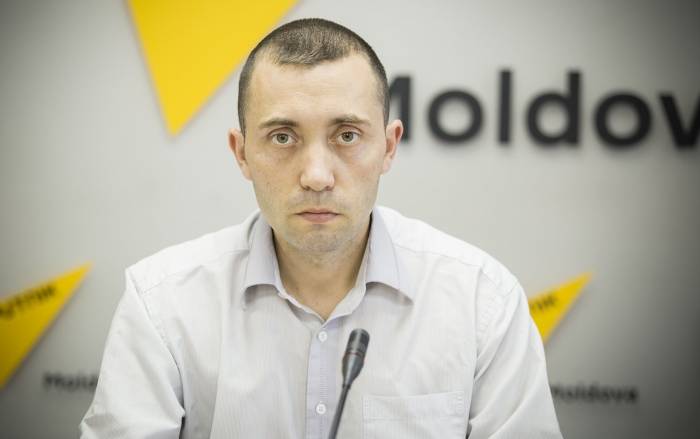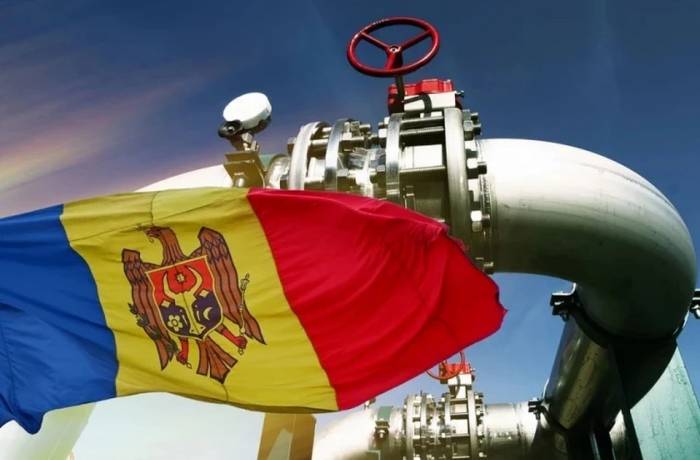Asif Aydinly
News.Az presents an interview with Moldovan expert Sergey Unguryanu.

Photo: Sputnik Moldova
— As of January 1, 2025, Moldova no longer receives Russian gas supplies. The Moldovan GRES power plant in Transnistria, owned by the Russian company “Inter RAO,” switched from gas to coal at the start of the year and ceased supplying electricity to Moldova, which it previously covered up to 80%. The authorities have declared a state of emergency. What are Moldova’s options for addressing this crisis?
— The Moldovan GRES, the largest power plant in the country, is located on the left bank of the Dniester, an area outside the control of the Moldovan government in Chișinău. It stopped supplying electricity to the right bank—Moldova itself—as a result of the cessation of gas transit through Ukrainian territory. This gas was the primary source for generating electricity.
The plant has since switched to coal and fuel oil, but reserves of these fuels are extremely limited, expected to cover only about 50 days of Transnistria’s energy needs, according to local experts.
For the right bank, there are several potential solutions to this crisis. Currently, the electricity shortfall, ranging from 50% to 80%, is being covered by imports from Romania. However, Romanian electricity is significantly more expensive. Previously, Moldovan GRES supplied electricity at $62 per megawatt-hour, while imported energy now costs between €100 and €210 per megawatt-hour.
Other options are also being explored. One involves using the Trans-Balkan gas pipeline to supply gas to Moldovan GRES. However, complications arise since the pipeline passes through Ukraine, which does not allow the transit of Russian gas.
Another possibility is purchasing European gas and transporting it through the same Trans-Balkan gas pipeline. However, this gas would be significantly more expensive as its price would be determined by European market rates rather than being provided for free, as it was for Transnistria.
Previously, Moldova benefited from cheap electricity because Transnistria did not pay for Russian gas, which accumulated as debt that Gazprom did not demand to be repaid. This arrangement is no longer viable, forcing the country to import more expensive electricity.
— Since January 1, Russian gas transit to Slovakia has also ceased. European media report that the Slovak company Slovensky Plynarensky Priemysel is negotiating with SOCAR to purchase gas from Gazprom for resale to European buyers. What is your assessment of this situation?
— The cessation of gas transit through Ukraine has negatively impacted many countries in the region, including Slovakia, Poland, Romania, and Hungary. They have lost access to relatively cheap Russian gas and are now forced to seek alternative sources.
The most viable alternatives currently are liquefied natural gas (LNG) delivered by sea from the United States or natural gas from Azerbaijan and other countries. Negotiations on these matters are actively underway, but they should have started earlier, as there are significant infrastructural, economic, and sanction-related challenges.
For instance, European Union sanctions already affect certain sectors and could potentially extend to Azerbaijan. Nevertheless, countries like Slovakia, Hungary, and Austria continue to explore ways to replace Russian gas. While they currently have reserves, these are finite, making it imperative to develop alternative projects.
— After the regime change in Bashar al-Assad’s Syria, discussions emerged about the possibility of supplying natural gas from Qatar to Europe via Syria and Türkiye. How realistic is this project, considering the EU’s plans to phase out fossil fuels by 2035?
— With the regime change in Bashar al-Assad’s Syria, the country’s political course has shifted, and the new authorities are showing greater openness to cooperation, including the possibility of gas transit. This could involve gas from Qatar, Bahrain, or other countries. The route through Syria and Türkiye is indeed the most economical and straightforward option for delivering gas to Europe.
However, implementing this project would require substantial investments in infrastructure, such as constructing pipelines, compressor stations, and other equipment. Security issues must also be considered, as investing billions of dollars in a project in Syria’s unstable environment remains highly risky.
As for the EU’s plans to abandon fossil fuels by 2035, these are highly ambitious but unlikely to be fully realized. Many EU countries still rely on coal and gas-fired power plants, which constitute a significant portion of their energy systems. A complete transition to electric vehicles and other alternative technologies is also unlikely to be achieved by that deadline. Therefore, the EU’s dependence on fossil fuels is expected to persist for decades to come.
